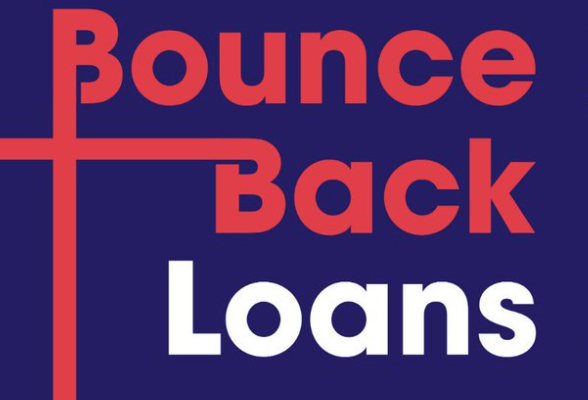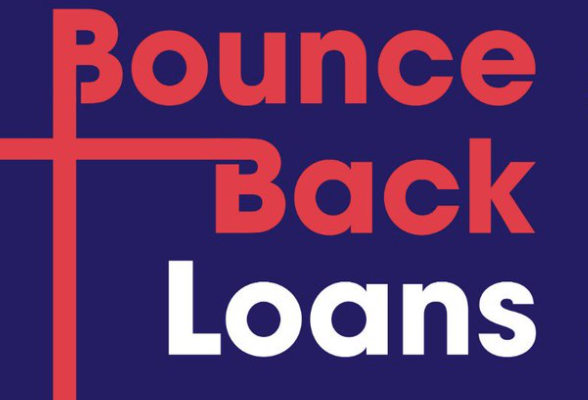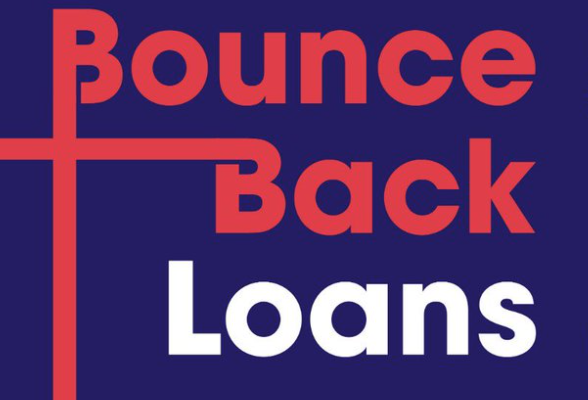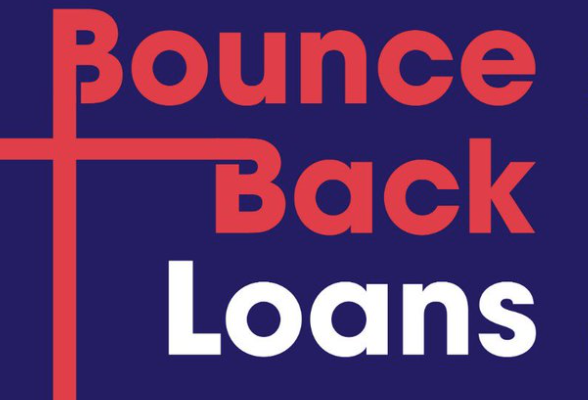
Bounce Back Loan Fraud and Misuse: Risks and Consequences
New Government data exposes the shocking scale of Bounce Back Loan Scheme (BBLS) abuse. A staggering £1.65 billion in loans were fraudulently obtained, contributing to the £6.89 billion the government has already paid out to lenders as guarantor.
This represents a colossal 14.52% of total loans issued. Alarmingly, £1.27 billion of this taxpayer-funded bailout relates to suspected fraudulent claims[1]Trusted Source – GOV.UK – Bounce Back Loan Scheme Performance Data as at 31 July 2022.
| Category | Amount (£m) | As of Date |
|---|---|---|
| Total Loans Issued | 46,661 | 31 July 2022 |
| Loans Fraudulently Obtained | 1,650 | 28 November 2023 |
| Government Payouts as Guarantor | 6,890 | 28 November 2023 |
| Percentage of Total Loans Issued | 14.52% | 28 November 2023 |
| Suspected Fraudulent Claims | 1,270 | 28 November 2023 |
Given these figures, it’s crucial to understand what constitutes fraud or misuse of a Bounce Back Loan:
- What is Deemed as Fraud or Misuse of a Bounce Back Loan?
- Common Types of Bounce Back Loan Fraud
- What Happens if you Misused a Bounce Back Loan?
- If I Close a Company, Will the Use of the Bounce Back Loan Loan Be Investigated?
- Concerned About Unintentional Bounce Back Loan Misuse? Here’s What to Do
- Bounce Back Fraud FAQs
What is Deemed as Fraud or Misuse of a Bounce Back Loan?
- Hard Fraud: This involves deliberate acts of deception with the intention to gain financial advantage.
- Soft Fraud: This refers to unintentionally misleading statements or actions during the loan application process or misuse of funds that may not have been entirely deliberate.
It’s important to understand that unintentional mistakes could have occurred. While clear cases of deception are being prosecuted, there may be more flexibility for addressing unintentional mistakes.
Remember, the key principle was that BBLs should have provided an economic benefit to your business. Legitimate uses included improving working capital, modifying business operations, or refinancing existing company debt.
In this article, we’ll explore these issues in depth, providing practical insights to help you understand your position and the potential legal implications that may still arise from the use of these loans.
If you are a director who needs experienced bounce-back loan support, please contact us via live chat, telephone, or email. We offer clear, practical advice that lays out your options with complete transparency.
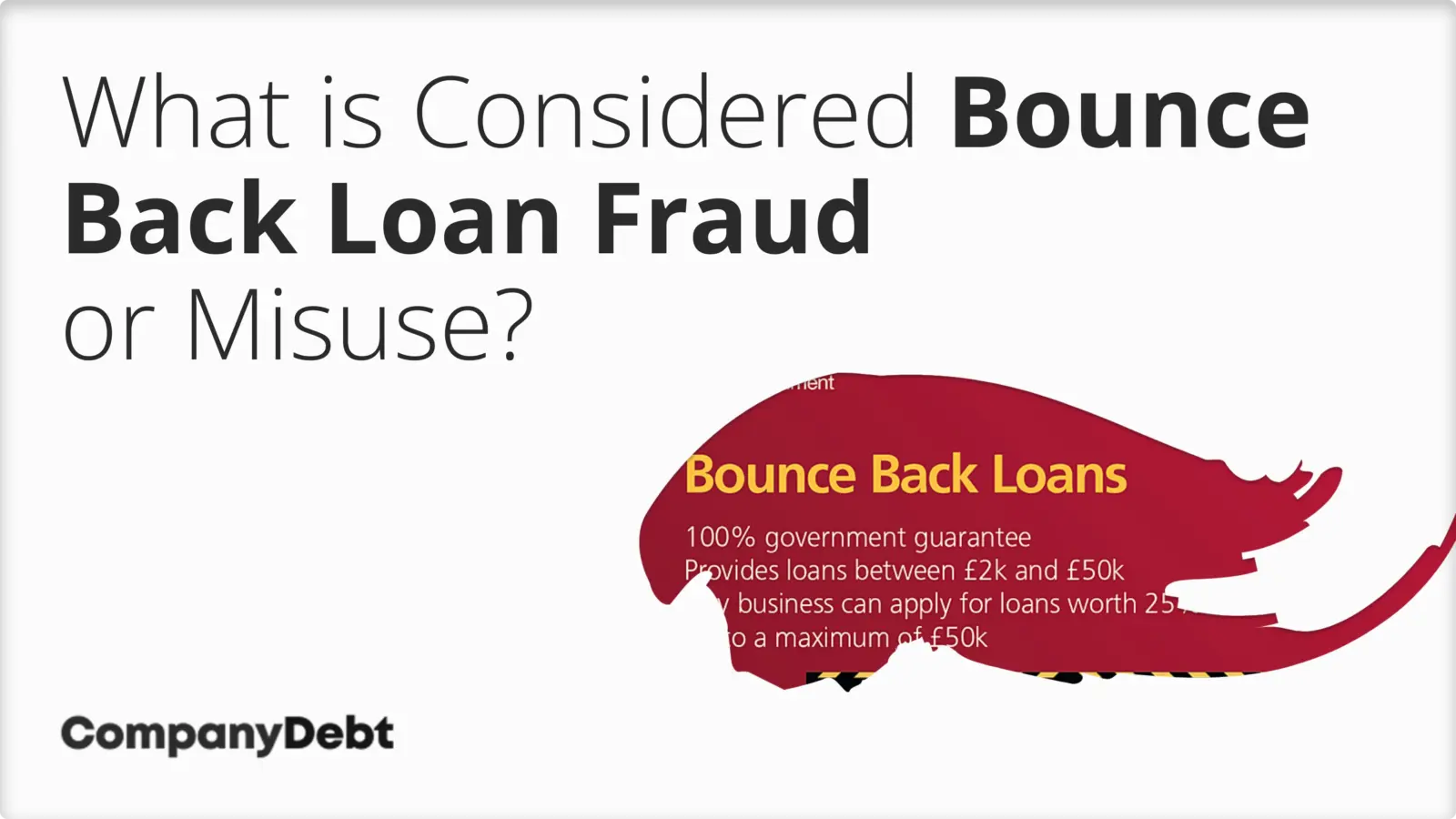
Common Types of Bounce Back Loan Fraud
As insolvency practitioners, we’ve observed several recurring patterns in BBLS fraud cases. Understanding these can help you assess your own situation and ensure compliance.
- Application Fraud: This involves providing false or misleading information during the loan application process. Examples include:
- Inflating turnover figures to secure a larger loan
- Claiming eligibility when your business had ceased trading before the pandemic
- Failing to disclose existing financial difficulties
- Applying for a loan for a company incorporated after March 1, 2020
- Multiple Applications: Some businesses applied for loans through multiple entities or lenders, exceeding the scheme’s limits. This is particularly problematic for directors of multiple companies.
- Misuse of Funds: While the loans were intended to provide economic benefit to the business, some recipients used them improperly:
- Transferring funds to personal accounts without proper salary or dividend procedures
- Purchasing personal assets
- Paying increased dividends or salaries directly from the loan
- Using the funds for purposes that don’t provide an economic benefit to the business
- Shell Company Fraud: In more severe cases, individuals set up fake businesses or acquired dormant companies solely to access loans.
- Third-Party Facilitation: Some applicants used intermediaries to obtain loans, who then declared bankruptcy to avoid repayment.
It’s crucial to note that even if you didn’t intend to commit fraud, misunderstanding the rules or delegating the application process to someone who made errors could still lead to scrutiny. If you’re concerned about how you’ve used your BBL, especially if your company is facing financial difficulties, it’s important to seek professional advice promptly.
Example of Bounce Back Loan Fraud: Merseyside Father and Daughter’s £65,000 Scam
Catherine and Gerard Deegan have been sentenced for fraud related to Covid Bounce Back Loans. The father and daughter fraudulently secured £65,000 beyond the £75,000 they were legitimately entitled to for their car parts businesses, Bootle Car and Commercial Limited and Bootle Cars & Commercials Limited.
Catherine Deegan received £25,000 and £50,000 loans in May 2020, while Gerard Deegan fraudulently obtained an additional £50,000 in June 2020, despite knowing about Catherine’s previous loan. The illicit funds were used for personal expenses, including caravan rent.
Catherine was sentenced to 10 months in prison, suspended for 18 months, and ordered to complete 150 hours of unpaid work. Gerard received a 16-month suspended sentence, a 10-year disqualification from company directorship, and an electronic curfew.
https://www.gov.uk/government/news/merseyside-father-and-daughter-sentenced-for-covid-loan-fraud
What Happens if you Misused a Bounce Back Loan?
If you’re concerned about potential Bounce Back Loan fraud, it’s vital to understand the legal consequences you might face.
Firstly, in serious cases, you could face criminal prosecution under the Fraud Act 2006. This might result in imprisonment for the most severe offences, substantial fines, and a criminal record. We’ve seen cases where directors received custodial sentences for deliberately misleading lenders.
Another common consequence is director disqualification. The Insolvency Service has been actively pursuing this route, and you could be banned from acting as a director for up to 15 years. This would severely limit your ability to run a business in the future.
You might also face civil recovery actions. The government may pursue you to recover fraudulently obtained funds, which could lead to confiscation orders or even bankruptcy proceedings.
If your company is forced to cease trading and close down with an unpaid Bounce Back Loan still outstanding, the use of these funds will be investigated. If there’s reason to believe you used these funds for personal rather than business reasons, you could find yourself being held personally liable for fraudulent use of Bounce Back Loan monies.
However, it’s important to note that authorities often distinguish between deliberate fraud and genuine mistakes. If you’re worried about unintentional errors, seek legal advice promptly. If your company is still able to make the necessary repayments on its Bounce Back Loan, you will not be required to state what you spent the money on.
If I Close a Company, Will the Use of the Bounce Back Loan Loan Be Investigated?
Yes, closing a company with an outstanding Bounce Back Loan (BBL) will likely trigger an investigation into how the loan was used. Here’s what you need to know:
The Insolvency Service and insolvency practitioners must investigate BBL usage in companies that are closing, entering administration, or undergoing insolvent liquidation.
Insolvency practitioners are required to:
- Identify if the loan was a BBL and obtain all relevant documentation
- Verify information provided during the application process
- Confirm the company met the qualifying criteria for the loan
Investigators will examine the company’s trading status, turnover figures, and insolvency status as of 31 December 2019. They’ll also scrutinise how the funds were used in the ordinary course of business.
Reporting Concerns to the Insolvency Service
If anything suspicious is discovered, Insolvency practitioners must report any concerns to the Insolvency Service. Depending on the issues discovered, additional reporting to HMRC may be necessary.
Evidence examination will include careful scrutiny of bank statements and company accounts to confirm the proper use of BBL funds.
Concerned About Unintentional Bounce Back Loan Misuse? Here’s What to Do
If you’re a business owner worried that you may have unintentionally misused your Bounce Back Loan, it’s crucial to act promptly.
The key is to seek expert advice as soon as possible. An experienced insolvency practitioner like ourselves can help you understand your position, review your loan usage, and guide you on the best course of action. We can also assist in preparing any necessary documentation and advise on potential next steps.
If you need help understanding the best way forward for your company, use the live chat during working hours, or call us on 0800 074 6757. We’ve helped 1000’s of directors navigate difficult financial circumstances.
Bounce Back Fraud FAQs
What Actions Should I Take if I Think I’ve Committed Bounce Back Loan Fraud?
If you suspect that you may have committed fraud inadvertently, the first step is to consult legal advice to understand the ramifications and possible corrective measures. It is generally advised to approach your lender and regulatory bodies to correct the situation, although this should be discussed with your legal counsel first.
Can I Negotiate a Settlement if I’ve Committed Bounce Back Loan Fraud?
A negotiated settlement is a possibility, but the likelihood of this option depends on multiple factors including the severity of the fraud, the lender’s policies, and prevailing laws. Legal advice is crucial when considering this course of action.
Can Ignorance Be a Defence Against Bounce Back Loan Fraud Charges?
Ignorance is generally not considered a valid defence in legal proceedings for fraud. It is your responsibility to understand the terms and conditions of the Bounce Back Loan before accepting the funds.
The primary sources for this article are listed below, including the relevant laws and Acts which provide their legal basis.
You can learn more about our standards for producing accurate, unbiased content in our editorial policy here.
- Trusted Source – GOV.UK – Bounce Back Loan Scheme Performance Data as at 31 July 2022






